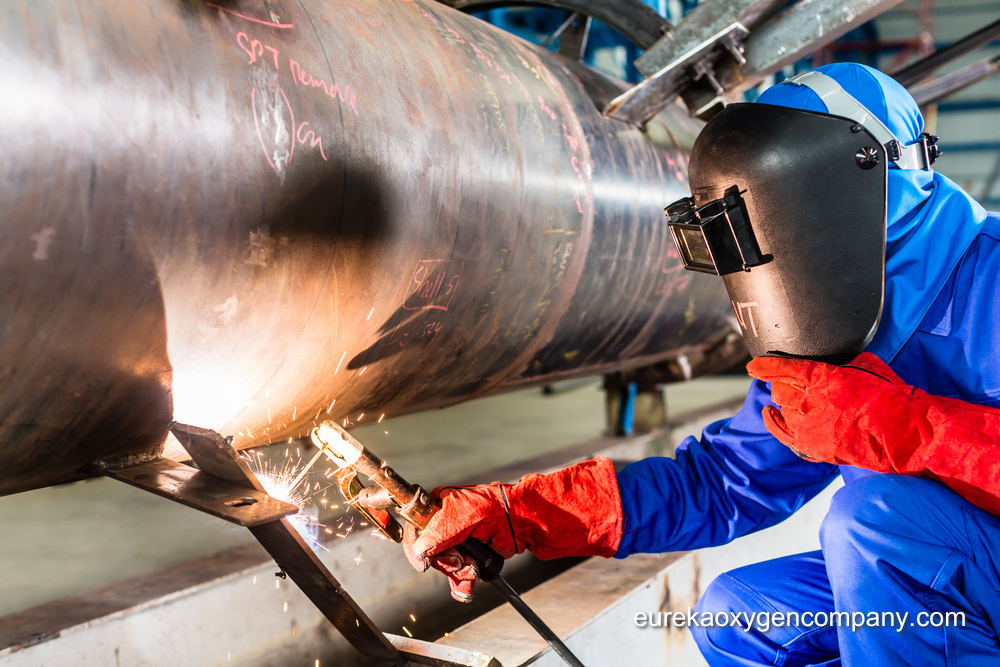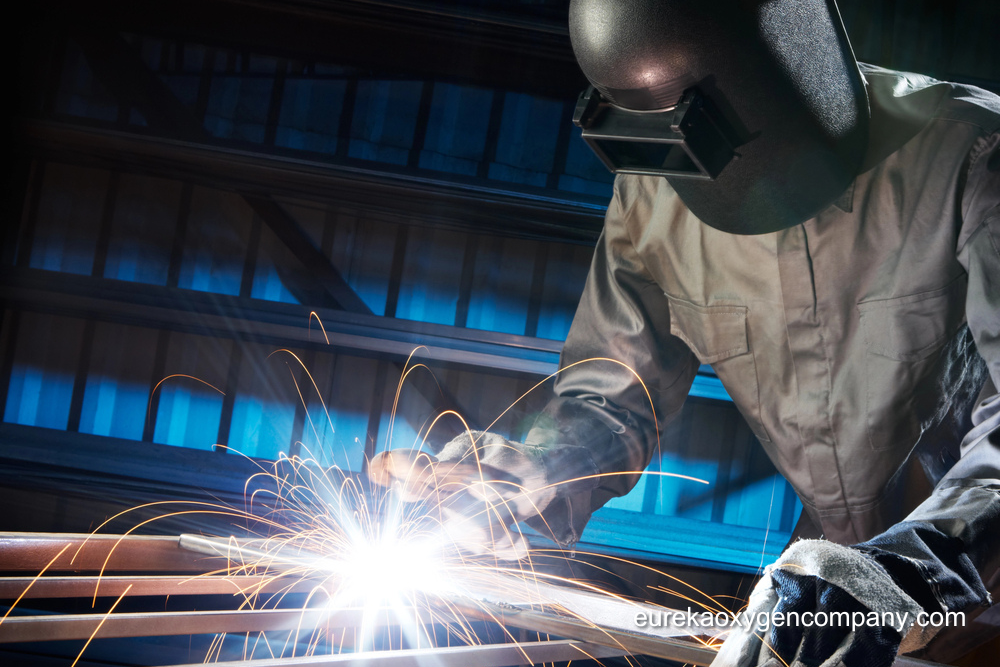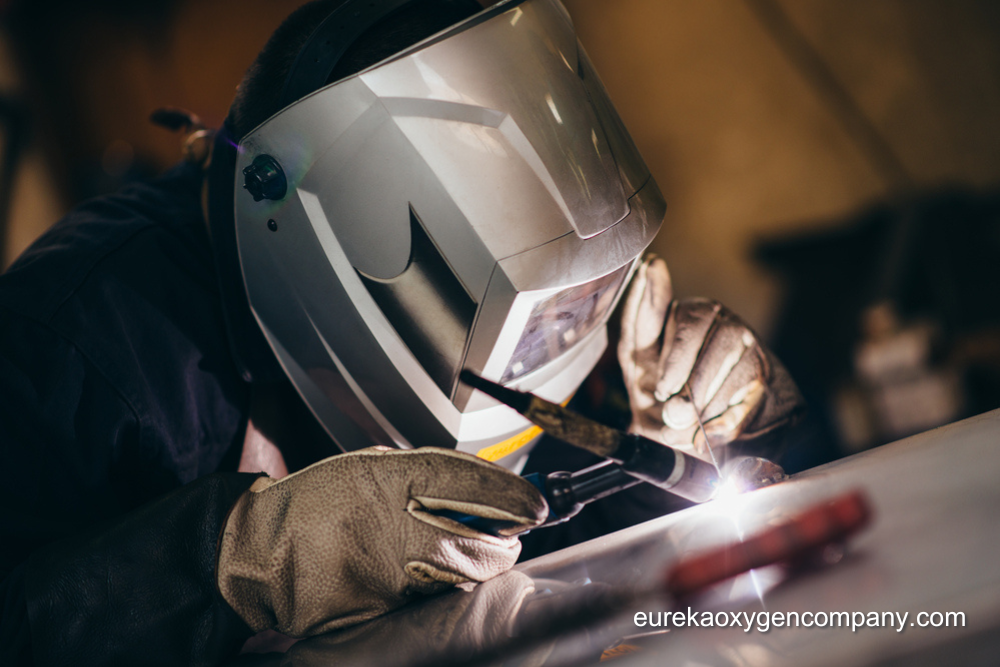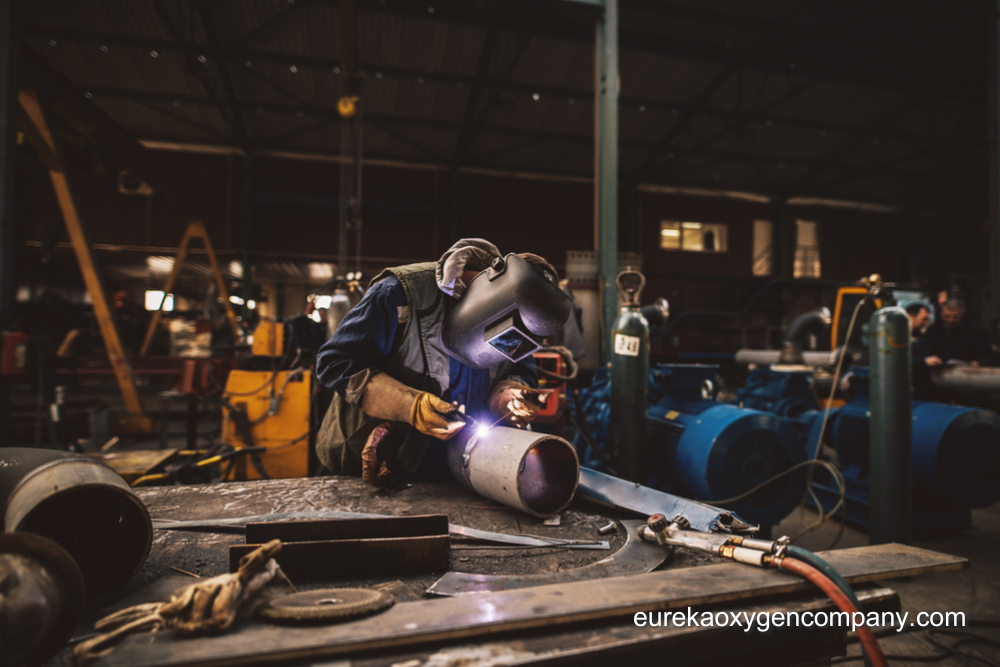Heat, moisture, flux residue, and other environmental factors play a key role in the development of corrosion, which can seriously affect your tools, the outcome of your projects, and most importantly, your safety.
In this post, we’ll share key strategies and useful information about rust prevention and how to easily keep your equipment in optimal conditions all year round.
Consequences Of Corrosion

Corrosion can seriously damage your welding equipment and, therefore, the outcome of your projects too. Consequently, weakened welds compromise structural integrity, heightening safety hazards for welders and end-users alike.
Certain components of your welding equipment become particularly damaged due to corrosion, such as torches, regulators, and cables. This not only results in elevated repair costs but also disruptions in your workflow, which also means costly downtime and project delays.
Key Rust Prevention Strategies
Store your equipment in dry, well-ventilated environments away from moisture, which is the primary catalyst for corrosion. This will not only help with rust prevention but also keep your equipment in optimal condition.
Apart from cleaning and storing your tools properly, consider investing in anti-corrosion products to preserve your weld integrity and your equipment at the same time.
Investing In Protection

Plus, you’re indirectly investing in your and others’ safety, thus you’re keeping all the tools and materials optimal for their use.
You might have doubts about investing in anti-corrosion products or building a special closet or cabinet to store your tools, but in the long run, you’ll be glad you made the choice. Simply compare the cost of a simple cabinet over buying all your tools again.
Welding Equipment Spring Cleaning Tips

Spring is right around the corner, and what better way to welcome the season than with a good spring cleaning? Here are some key tips to properly clean your welding equipment and ensure your gear is in optimal condition for the months ahead:
Inspect and clean. Start by closely inspecting your welding equipment for any signs of damage or wear. Clean off any accumulated dust, dirt, or debris using a soft brush or compressed air.
- Check cables and connections. Examine welding cables and connections for signs of frying, damage, or corrosion, then replace any worn connectors or cables to prevent safety hazards.
- Calibrate your equipment. Verify that your welding equipment is calibrated correctly for the type of welding you’ll be doing. Check settings such as voltage, wire feed speed, and gas flow rate to ensure they’re properly set.
- Test safety features. Test safety features such as emergency stop buttons, grounding systems, and ventilation systems to ensure they’re functioning correctly.
- Inspect gas cylinders. Always inspect your gas cylinders for leaks or signs of damage, as well as their expiration date to see if the gas is still viable.
- Clean torch and gun. Remove spatter and residue from your welding torch or gun using a wire brush or cleaning solution. Inspect consumables such as nozzles, contact tips, and liners, and replace them if they’re worn or damaged.
- Organize your workspace. Declutter your welding workspace by organizing tools, materials, and equipment. Proper organization not only improves efficiency but also reduces the risk of accidents and injuries.
- Check safety gear. Inspect your personal protective equipment (PPE), including welding helmets, gloves, and safety glasses, for any signs of damage or wear. Replace any worn or damaged PPE to ensure you’re protected while welding.
Final Words
In this post, we talked about the cost of corrosion and how you can easily protect your welding equipment from it. By following simple steps such as cleaning your tools and storing them in an appropriate place, you can easily win the battle against corrosion and other degrading agents.
Not only will this help preserve your equipment from a cost-saving perspective, but will also keep you and others safe, as you’re keeping your tools in optimal conditions.
We carry a large selection of welding supplies, including PPE, and welding gases. Stop into one of our locations today to get everything you need for your next welding project.

